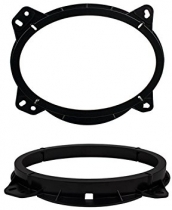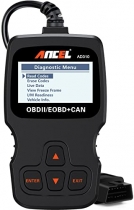-
Welcome to Tacoma World!
You are currently viewing as a guest! To get full-access, you need to register for a FREE account.
As a registered member, you’ll be able to:- Participate in all Tacoma discussion topics
- Communicate privately with other Tacoma owners from around the world
- Post your own photos in our Members Gallery
- Access all special features of the site
3rd Gen Fuel Filter and Low Pressure Pump System
Discussion in '3rd Gen. Tacomas (2016-2023)' started by JamesT, Sep 29, 2020.
Page 1 of 3
Page 1 of 3


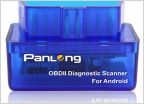 Scan tool for 3rd Gen
Scan tool for 3rd Gen Mudflaps for lifted truck
Mudflaps for lifted truck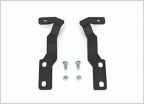 Bracket for pod lights
Bracket for pod lights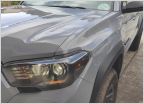 COVID19 mod-a-thon (BHLM flush mount morimoto 5.0 (keep your bumper on, permaseal tips) & front cam
COVID19 mod-a-thon (BHLM flush mount morimoto 5.0 (keep your bumper on, permaseal tips) & front cam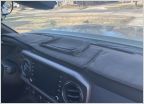 Best organizers? Center console, glove box, behind and under back seat?
Best organizers? Center console, glove box, behind and under back seat?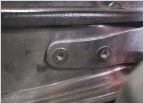 Ideas on how to unfuck myself?
Ideas on how to unfuck myself?




































